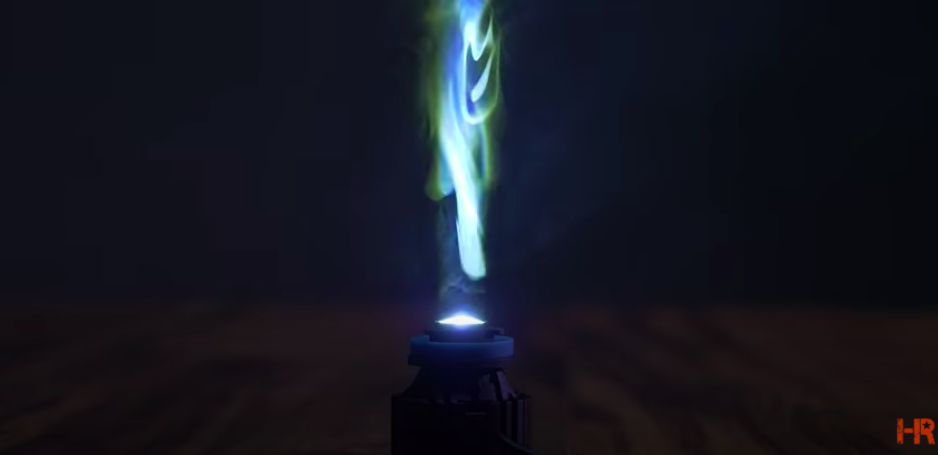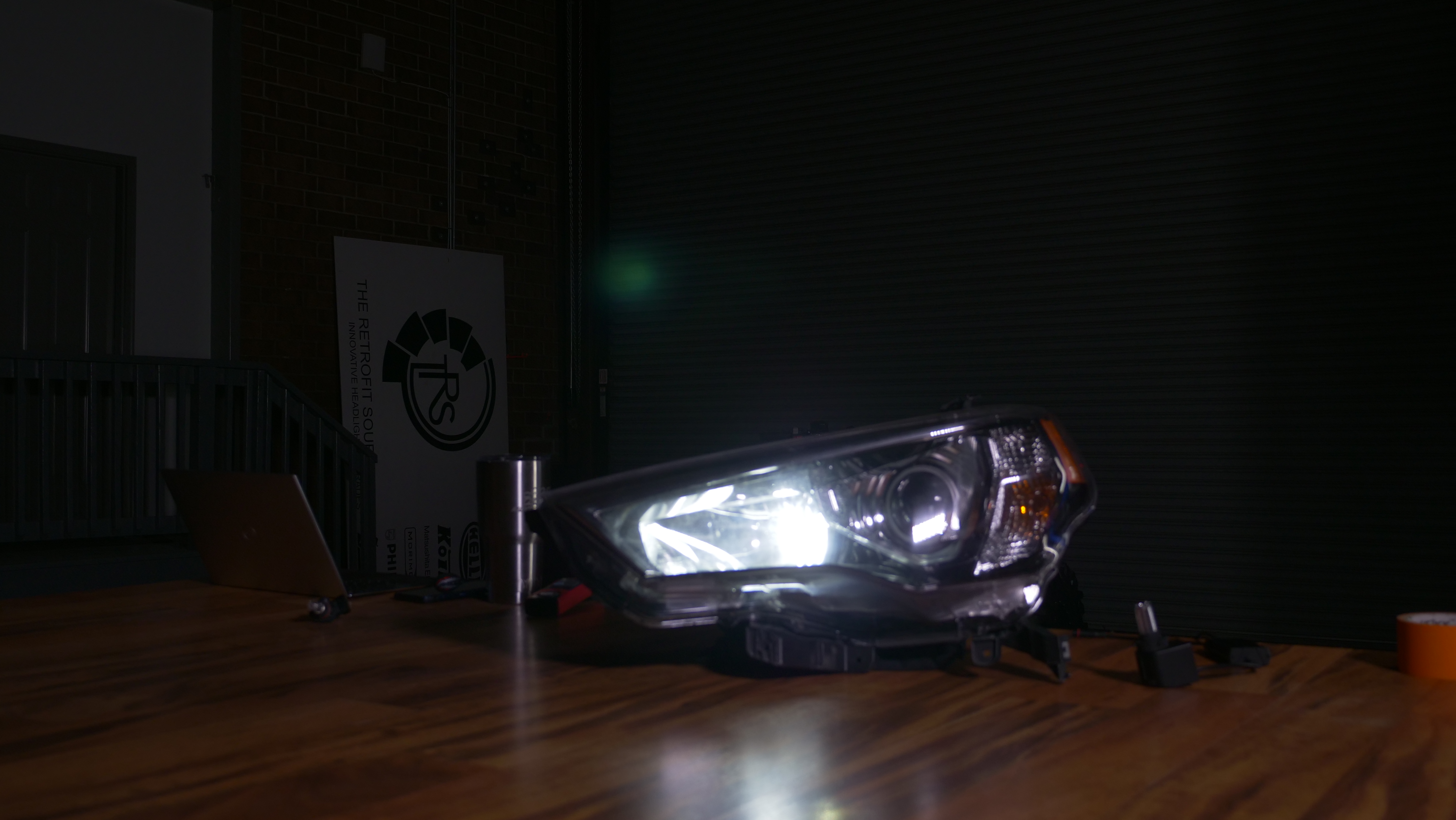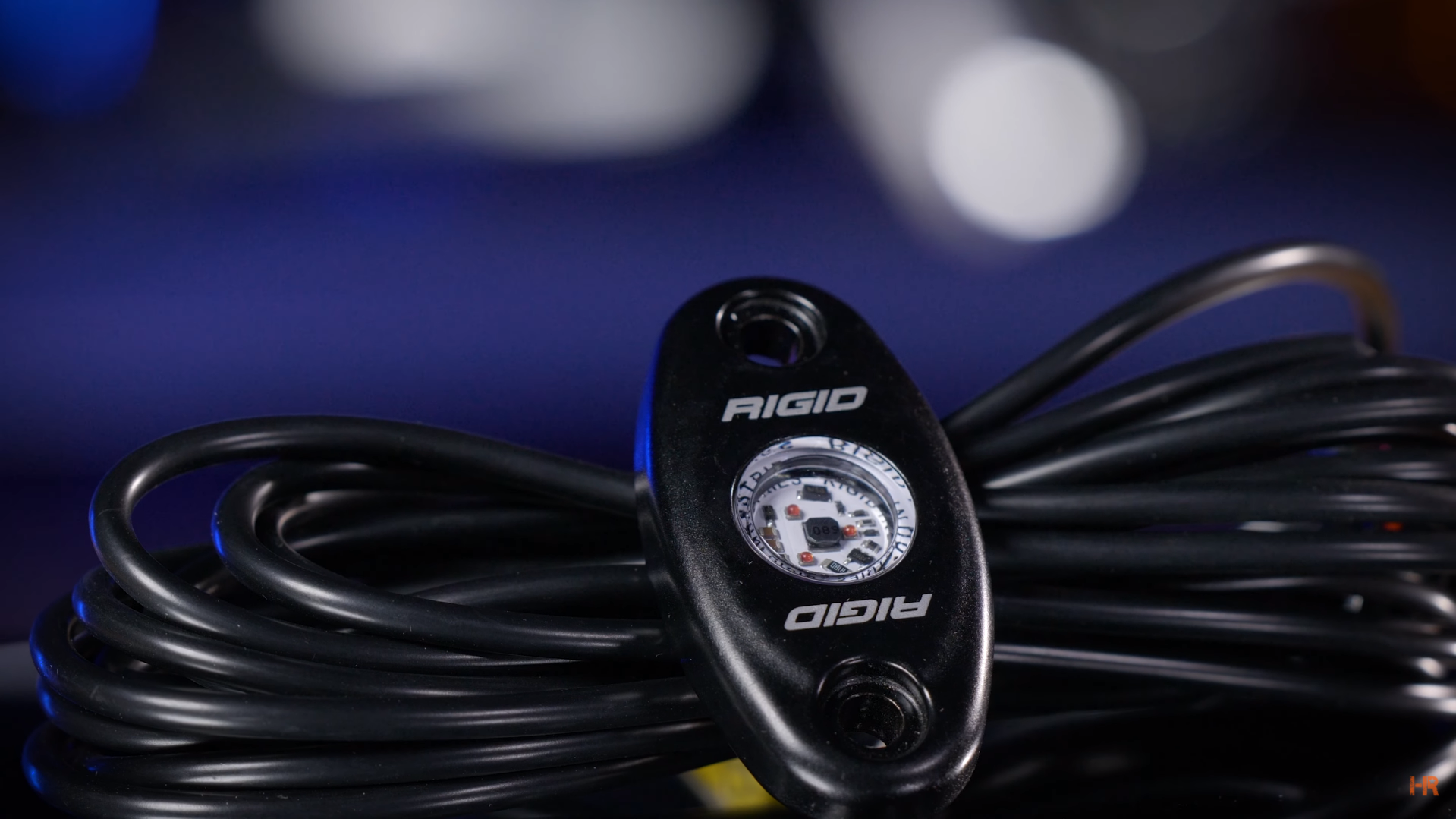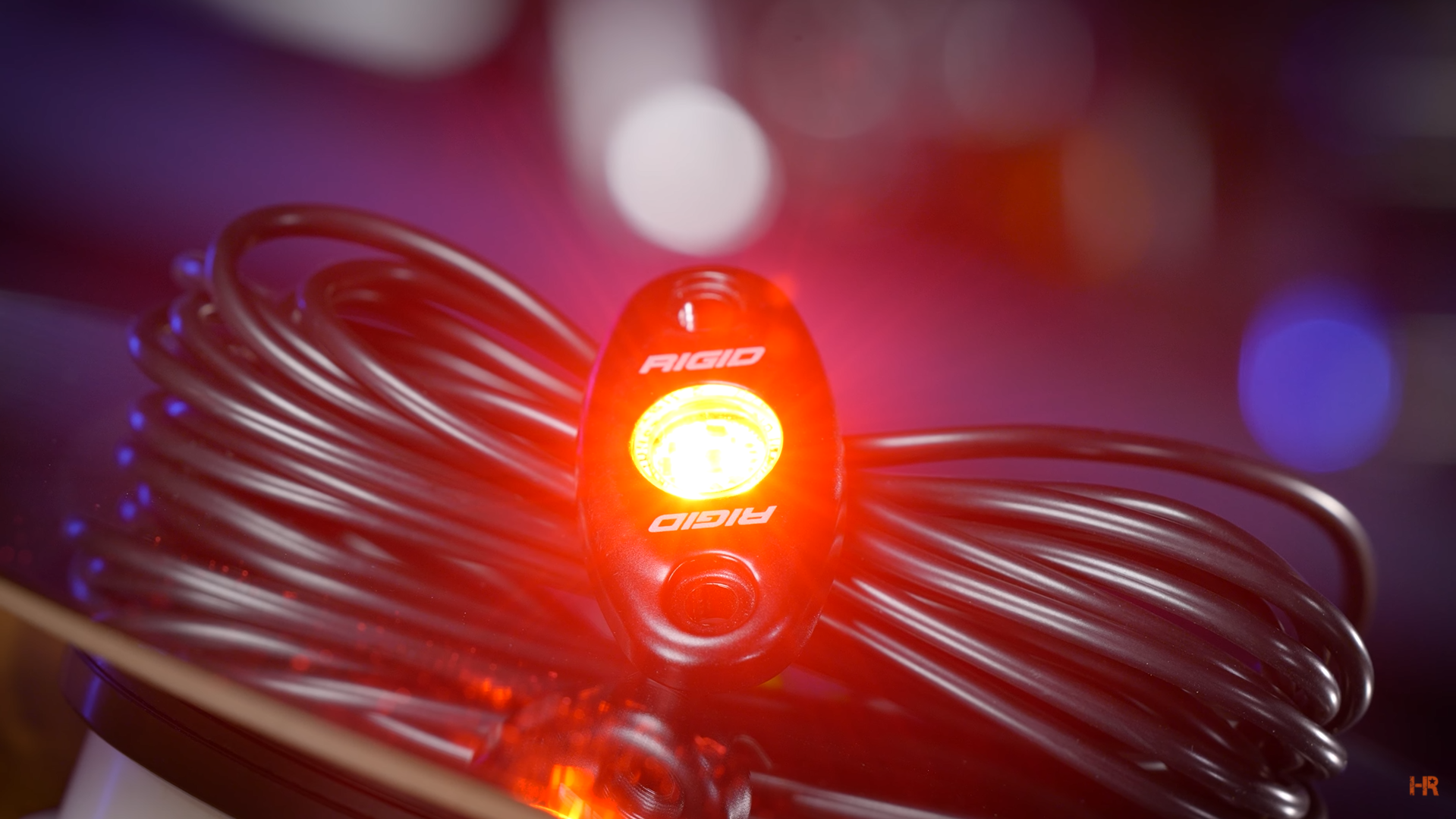The Truth About LED Bulbs
Now that you've decided to go with an LED headlight bulb for your next lighting upgrade, you're faced with thousands of different products for sale on the internet. How do you choose? Some of them have a lot of wiring and a big heat sink. Others have no driver and a fan. In this video, I'm going to talk about the truth behind LED headlight bulbs and break it down into three things to look for when choosing your next bulbs.
DISCLAIMER: In the United States, lamps, reflective devices, and associated equipment are regulated by the US Department of Transportation (DOT). Even though these types of LED lights can be used in place of an original halogen light bulb, it is not legal to use on vehicles registered for on-street use. This type of modification can only be done when used in a fog lamp application, dedicated off-road application, or in jurisdiction outside the USA where this is allowed. For more information on how to determine if this type of product is safe to use, and legal to use on public roadways in the USA, Click Here for a more detailed breakdown of compliance.
Find pricing, specs, and more info here.
We've got videos that show the difference in brightness between LED and HID. We've got videos that talk about headlight color. We've got videos that talk about aiming your headlights. We've been doing this a long time and we've been testing thousands of LED headlight bulbs. Here we have 300 different LED headlight bulbs that you can buy today, so it's no wonder that you're having a hard time picking the right ones.
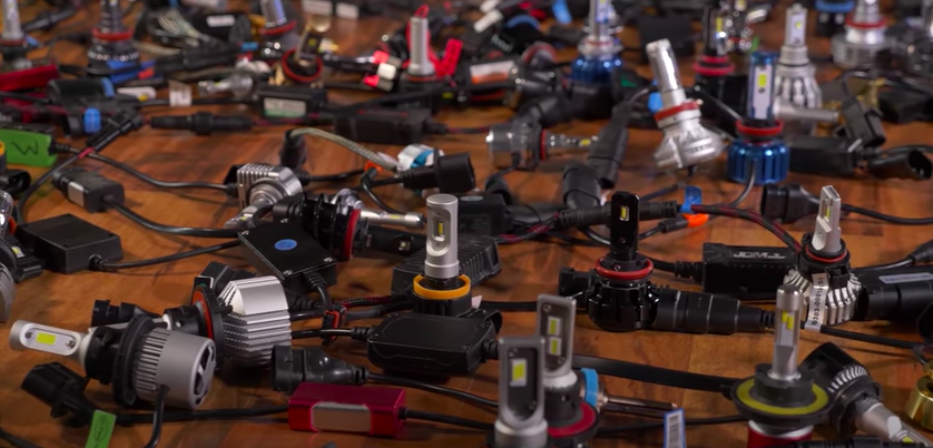
Here at Headlight Revolution, we do lighting better because we test. Over a decade ago, I started testing headlight bulb upgrades because I didn't want to trust what everybody was telling me. It was obvious that somebody wasn't telling the truth. I even went to my local shop and they said the same thing. "Everything on the internet is wrong. What we have is right." I went all in. I spent like $3,000 on headlight bulb upgrades, and I did my own testing on my own car. After I figured out what worked best on my car, I put it up on the website as a vehicle specific kit and it blew up.
People loved the fact that I was taking the guesswork out of which bulbs to put in their car because it's a problem that everybody has. It's a problem that I had. From there, I started doing more and more testing on more and more vehicles and today you have Headlight Revolution as you know it. We even have our own book. This is the Headlight Revolution Big Book of Bulbs.
Over the last year, we've been testing thousands of LED headlight bulbs on different vehicles and we're testing for beam patterns, brightness and color. Our customer service agents have access to this book, so when you call in they know how to figure out what's the best bulb for you. It doesn't matter which brand you like because they all work differently. Even in the same headlight housing with similar looking bulbs, we can get drastically different beam pattern results.
That's why it's so important to do the testing. We found that some LED chips made better beam patterns than others and we found that some bulbs didn't even fit in the headlight housings. With all of our testing, what we found to be probably the most important factor in the best LED headlight bulbs are how closely the LED chips mimic the incandescent light bulb filament from your original headlight.
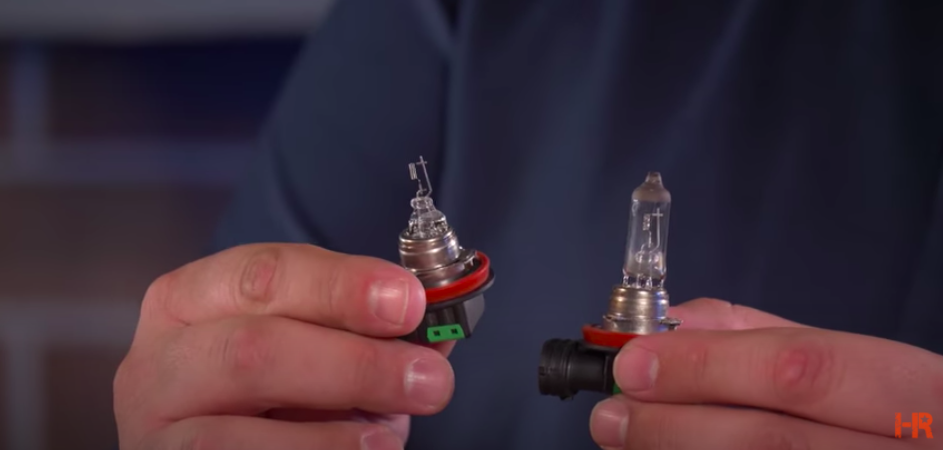
Your Basic Bulb
This is what your typical headlight bulb looks like. You've got the plastic base, a glass tube and inside is a wire wound filament. Well, I broke the glass off so I can show you what I'm talking about. Now we're going to talk about the LED chips. This big round Cree COB-type LED creates this huge footprint. If you think about the light source pattern from the original filament to this new LED, it makes sense why your beam pattern gets all out of whack.
It all Comes Down to Beam Pattern in Your Housing
Instead of a narrow focus beam pattern, this LED creates a wall flooded with light. This is not useful for driving, let alone the safety of other people, because you need a concentrated beam that can shine further down the road while not being so tall to blind other drivers. From there, a lot of companies move to a square LED with a bubble on top. The bubble was kind of an optic that allowed the beam to be focused. What uses a big square LED chip with a bubble on it? If the headlight was designed to react and focus light from a small coil. This LED isn't even close to the right shape to work well in a headlight. Some of the LED chips are big blocks of LEDs and they come in different colors. How is that supposed to mimic the original filament? It just can't. Not only is the footprint too wide, but the space between the LEDs is also too wide.
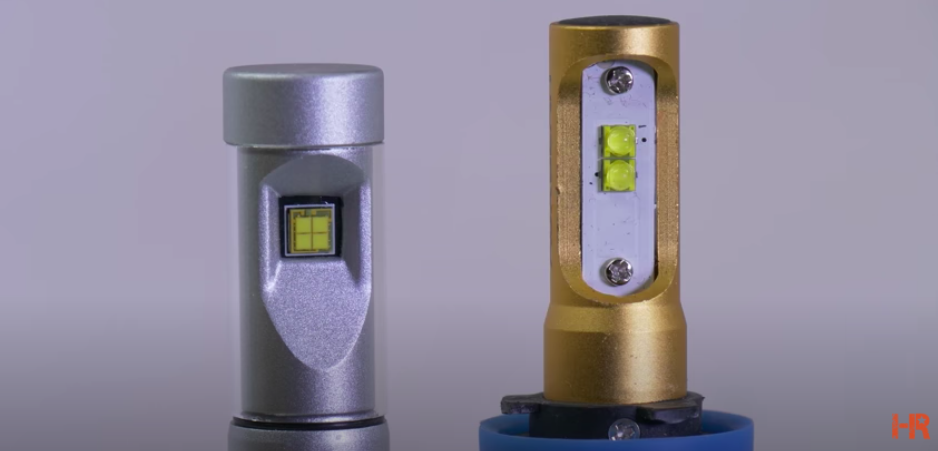
LED Spacing
The spacing between each LED should be as close to the width of the original filament as possible. When you have a big bar of metal between the LEDs, it's spaced out too far and your beam pattern will be out of focus with no hotspot and glaring everybody on the road. We even see some really interesting experimental LED chips and at first glance you think, "Yeah, I can see how that would work." They're 360 degrees. They're little tiny LEDs, but in practice they just don't do the trick. We've got square LEDs. Those aren't going to work. We've got double stacked LEDs. That's not going to work. With all these different types that don't work, which ones do? We're looking for something that's really, really thin that has a narrow LED chip array that's shaped kind of like the original filament. One great example is the Diode Dynamics SL1. You can see the metal between the LEDs is extremely thin, allowing the LED position to be as close to the original halogen position as possible.
Also, look at the shape of the LEDs. If you measure the filament from the halogen bulb, its height and its width, you're going to get the same dimensions out of that LED chip array. The GTR Lighting CSP Mini is the same way. You've got three LEDs placed in exactly the right spot and the same shape as the original filament. The SV4 is the same, but it's even better yet. Instead of multiple LEDs creating an array, it uses a multi-core LED where it's one solid bar of light, much like the solid light source from the original filament. You get the same type of LED chip from the GTR Lighting Ultra 2. It's small, it's tight, it's in the right position, and it's as bright as possible.
Managing Heat is Super Important
A long time ago people thought that LED's didn't create much heat and that was true as long as they were just a little blinking light on your dashboard. But now that they're trying to create so much energy to create enough light to replace your headlights, they do create heat. When you're looking at LED headlight bulbs, not only do you need a good chip, but you also need a good way to pull the heat away from the chip so it can be bright enough and not burn out. This F3 bulb is a good example of what I'm talking about. This might be one of the brightest bulbs on the market right now, but look at what happened after running it for only an hour on a test vehicle. It got so hot that the black anodizing on the bulb simply burned away because it is a super bright bulb and it's made really well on the top but the heat sink is just too small. There's no way this little heat sink with this little fan can pull enough heat away to make it work.
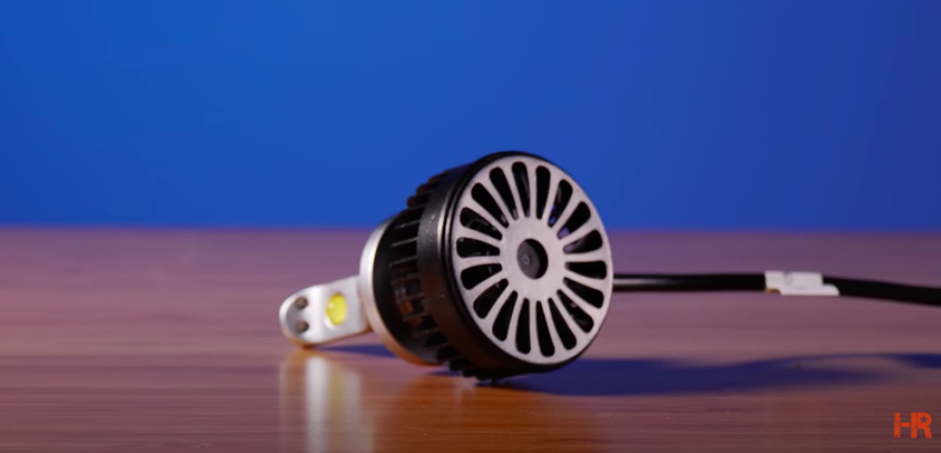
You've got to be careful that you got a good mix of just enough heat up top and a big enough heat sink on the bottom. Now on the total opposite end of the spectrum, you have something like this. This is the world's biggest heat sink. Who in their right mind thought it'd be a good idea to make an LED headlight bulb this big? It's just totally crazy, so we need something that's full of balance. You look at a heat sink like this because it's not a very big heat sink and because it has no fins or fans, it cannot cool an LED bulb as well as one with a fan in it. If the manufacturer said, "Who cares? Make the LEDs as bright as possible," it's going to fail. You need a balance. However much heat the LED chips create, you need a heat sink that can appropriately pull the heat away.
You've got three main types of heat things to look for. You have two that are passive, which means there's no moving parts and you have one that's active, which means it has a fan. Originally, all LED headlight bulbs had a fan. Now they have a fan inside because even if it's inside of a headlight housing moving some air around is better than not moving any air around at all. Sometimes people say, "Oh, but what if the fan fails?" Generally speaking, they don't. If you use this on 99% of vehicles, it's either inside a headlight housing where the fan won't fail or it's inside the engine bay pretty well protected from things like snow, ice and mud. What I've seen is that the brightest LED headlight bulbs in the world, all use fans. It's really that simple. Now if you're concerned about space, you can do something like the Morimoto 2 stroke that has a very small heat sink and a very small fan.
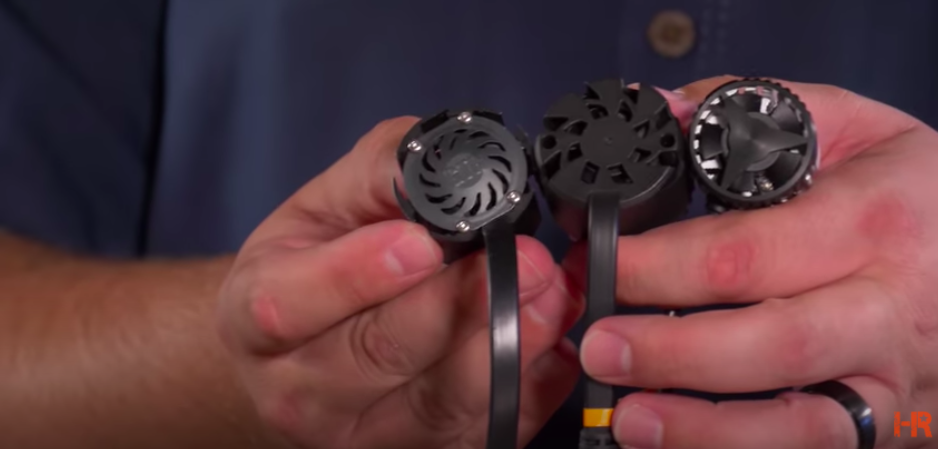
Now if we look at something like this or the bulbs from Oracle or Ray Sport, these are all passive. They've got these big metal heat sinks on the bottom and no fan. Now if they are driving the LEDs too high to create too much brightness, but no fan, you got to be careful. You have to take a balanced approach to make sure that you don't burn out your bulb. Generally speaking, if it has a passive metal heat sink like this, it's probably not going to be very bright. The way these work is the LEDs meet in the middle to some type of a heat pipe design that goes down to the heat sink and all these fins are supposed to radiate the heat away naturally and all by themselves. This heat sink easily gets soaked with heat and it can stop doing its job in time.
The third type of heat sink uses flexible fins of one form or another to create massive amounts of surface area for maximum heat dissipation. Something like this with rigid metal fins, something like this with semi-rigid metal fins or something like this from Phillips or this from Petco with braided fins. The idea with these is you can spread them apart and fan them out and that creates tons of surface area to pull the heat away from the LED bulb. This is a good middle ground in terms of heat dissipation from different types. It's not as good as a fan base bulb, but it's better than one with nothing at all.
The Wiring Perspective and Drivers
The last thing that you should be paying attention to with your LED headlight bulbs is the wiring. Then part of the wiring, sometimes there's a driver. A driver is a device that goes between your vehicles wiring and the LED headlight bulb.
It gives the LED headlight bulb the type and the amount of electricity it needs to power up. If you didn't have the driver, nothing would happen. The plugin that looks like your original headlight bulb is attached to the other side. Every LED headlight bulb has some kind of a driver. In fact, every LED of any kind has some kind of a driver. What you've got to be careful of is to find one that doesn't have a huge driver. If you had to put this PIAA LED headlight bulb inside your headlight housing, it might fit, but then you got all the wiring, this big connector and this big driver, chances are that's not going to cut it. Then on the flip side, you have something really simple where it's a short wire and a small bulb with no driver. Or is there? The driver is actually built into the body of the LED bulb.
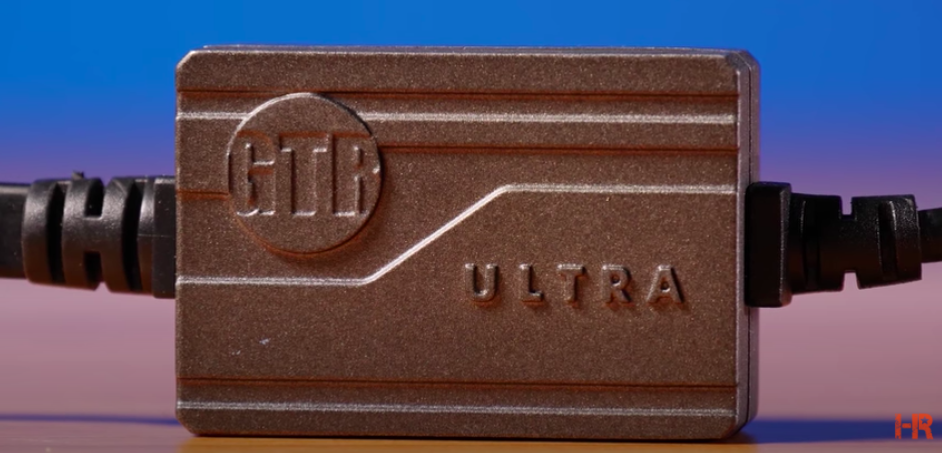
Now I don't like this style because it's not good for reliability or longevity. The problem is heat destroys electronics. That's why they've got fans and heat sinks in the first place. To put the driver right next to the heat source, I don't think is a good recipe because it limits the bulb in the amount of light it can create. You should be looking for something, at least with today's technology, with a small external driver that can dissipate its own heat instead of getting soaked by the heat of the bulb. Two good options that illustrate probably the best type of cable management are the GTR lighting ultra 2 and the Diode Dynamics SL1. They have nice integrated connectors. The drivers are small enough to fit in anything and there's no connections whatsoever. What's a connection other than a failure point? If you get water inside a faulty connection, now your headlight's dead. Now you've got to take the whole thing apart.
If you have to get something with a connection, make sure it's a good waterproof connection like the one that comes on the XenonDepot Extreme LED Pro. Yes, it's a lot of wiring. It's a unique design and they've got a connection on the wiring that has a waterproof O-ring. If you get something with a connection, just make sure it's high quality so that that connection doesn't give you problems down the line. This is what I'm talking about. If you have something like this LED headlight bulb with a disconnect-able driver, you get a connection like this. Not only is the wiring completely exposed on the outside of the connector, but this connection itself isn't waterproof. This doesn't make any sense at all. Nobody should be using this type of connector in an automotive external application. If you see something that looks anything like this, runaway.
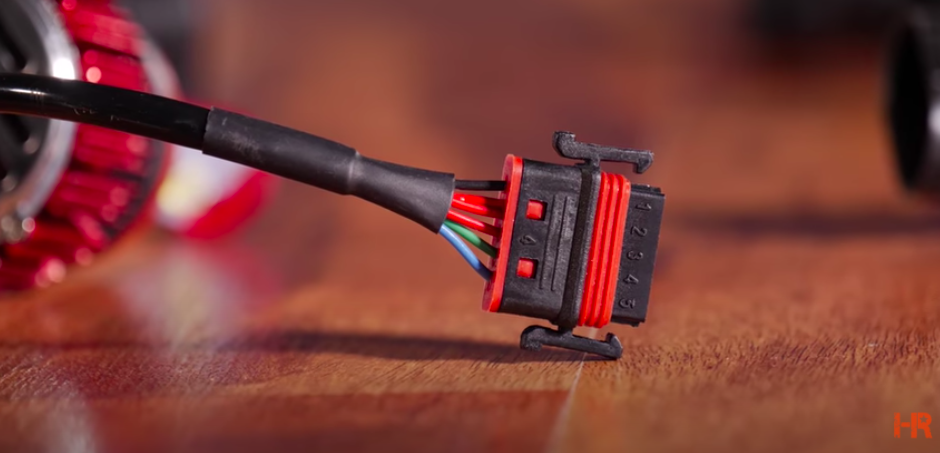
Now it's not just bargain bin LED headlight bulbs that come with crappy connections on the wiring. Here's a pretty expensive LED bulb from Phillips that has similar style, non-waterproof type connectors. That's strike number one on this style. Strike number two is there's two cables that makes installation more difficult. It adds a whole suite of new failure points and it doesn't look very good. You shouldn't have to do something like this when you've got tons of bulbs on the market with really nice cable designs.
That's what we do here at Headlight Revolution. It's our mission to discover the world's greatest automotive lighting products then educate people so they get what they deserve. I don't care if you buy from us at Headlight Revolution or somebody else. I don't care if you're looking at brand A or brand B. The characteristics of LED headlight bulbs that I've described in this video are the same across the board. Now, if you want to see what's brighter LED or HID, go check out our other videos. If you want to learn about color with automotive headlights, go check out our other videos. If there's anything else you want to see, please let us know. We're always looking for new video ideas.
